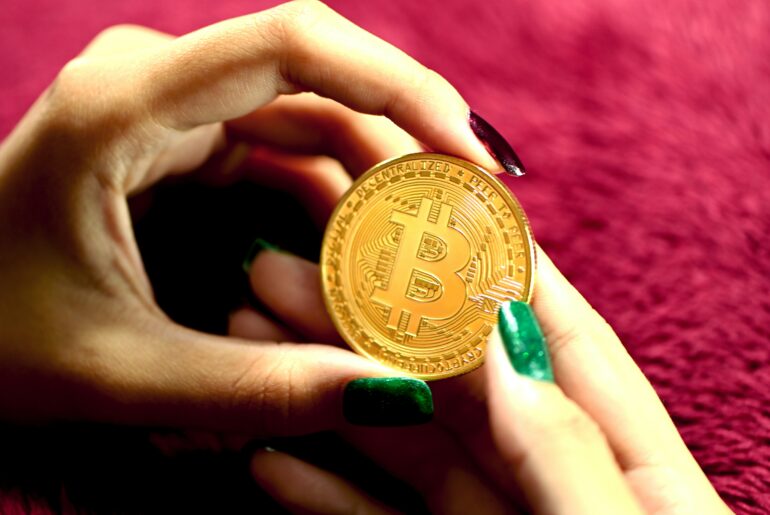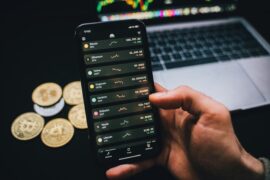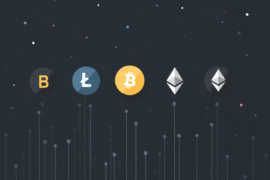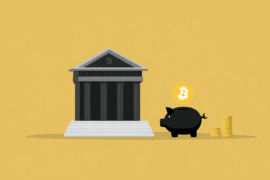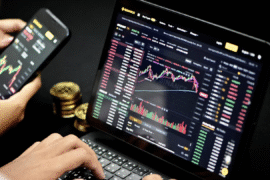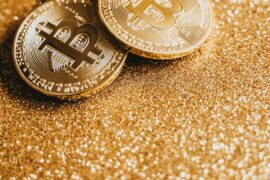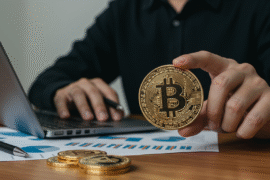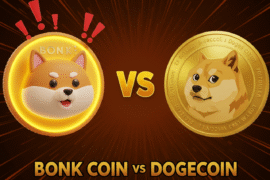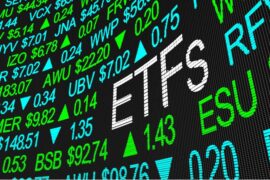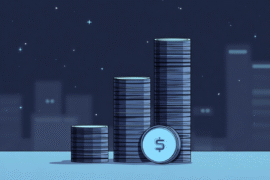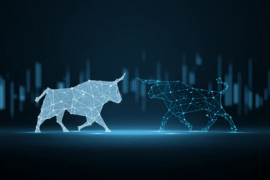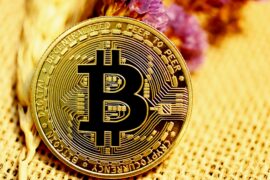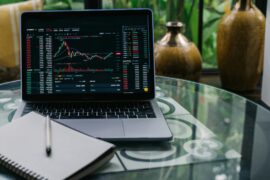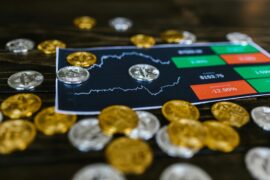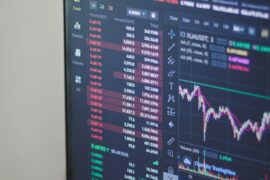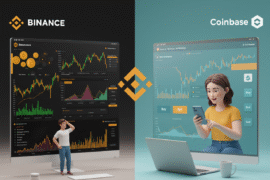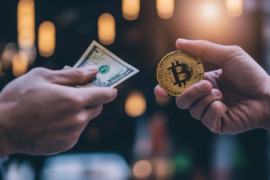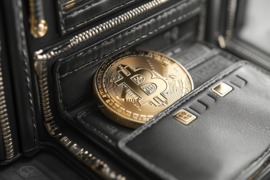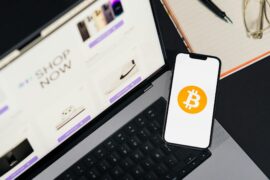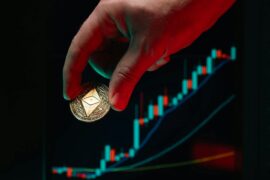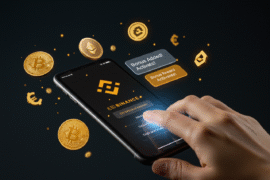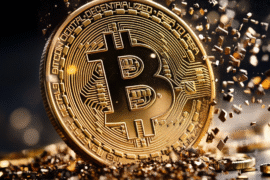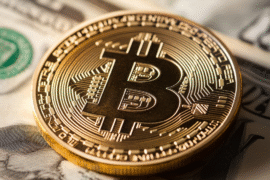This article may contain references to products or services from one or more of our advertisers or partners. We may receive compensation when you click on links to those products or services. Nonetheless, our opinions are our own.
The information presented in this article is accurate to the best of our knowledge at the time of publication. However, information is subject to change, and no guarantees are made about the continued accuracy or completeness of this content after its publication date.
XRP was developed by Ripple Labs with a clear purpose in mind: enabling fast, low-cost international money transfers. This year, there’s growing interest from financial institutions and more favorable regulation.
XRP and settlements
In early 2025, it was reported that almost 80% of banks in Japan were set to integrate XRP (per Nasdaq/TipRanks). The move was expected to improve transaction speed and reduce costs. The CEO of SBI Group, Yoshitaka Kitao, supported XRP for its ability to streamline cross-border transactions. He contrasted XRP with bitcoin, saying the latter lacked inherent value. Institutional support helped boost the XRP price.
Kitao also pointed to XRP’s potential in international remittances. Japan has a large migrant worker population. The move towards XRP can make remittances quicker and cheaper, potentially benefitting millions worldwide.
In May, Ripple partnered with financial institutions in the United Arab Emirates (with two principal partners, Zand Bank and Mamo), expanding XRP’s reach in the Middle East. Earlier in the year XRP’s price rose following the support in Japan and other countries such as South Korea.
Alignment with global payment initiatives
XRP has been touted as a solution in achieving the G20’s targets for improving cross-border payments. The G20’s goals include reducing transaction costs to 1% or less by 2027. According to coinpedia.org, Ripple can modernize banking with efficient, low cost, and immediate international payments. CoinPedia reports that cross-border payments are a $34 trillion market and that the US Faster Payments Council has encouraged US providers to adopt ISO 20022 (a standard for electronic data interchange) and use blockchain technology.
Regulatory clarity
Ripple Labs has been in a legal dispute with the US Securities and Exchange Commission (SEC) since 2020. The SEC accused Ripple of unregistered securities sales and argued that XRP should be classified as a security. This May, Ripple Labs and the SEC reached a tentative agreement for Ripple to pay $50 million, rather than the initial $125 million penalty. The settlement had a quick impact, with XRP’s price surging, suggesting investors were optimistic about its potential. But later in the month, a judge rejected the proposal, saying the joint request was “filed improperly”, per CoinDesk.
SkopeMag pointed out that one of the main hurdles to wider XRP adoption has been the regulatory battles with the SEC. In somewhat of a twist, Ripple’s CEO, Brad Garlinghouse, suggested that the fine could be paid in XRP. In arguably as big of a twist, the SEC website recently published a proposal for XRP as a strategic financial asset for the US. The document was reportedly written by Maximilian Staudinger.
Efficiency
The report suggested that a shift to XRP could save $7.5 billion annually. Staudinger also wrote that federal payment costs could be reduced by $500 billion in a decade. This would necessitate the government using XRP for IRS and social security payments, according to the report. Staudinger suggested using $1.5 trillion in savings to fund the bitcoin (BTC) reserve. There was a proposed “accelerated timeline” of 6-12 months to build up the reserve.
In an article shared by Nasdaq, Bitcoin Magazine writer Frank Corva said that XRP wasn’t a strategic asset. Corva called the proposal’s logic “dubious” and said that the finer details didn’t make sense. Most pertinently, perhaps, bitcoin’s fixed supply of 21 million coins means that the government couldn’t purchase the suggested amount (even if future BTC price was generously adjusted to fit the proposal).
XRP in comparison with BTC
The fundamental differences between XRP and BTC extend beyond the supply concerns. Both currencies have gained institutional attention but serve different purposes. Bitcoin is known as a “digital gold” – a store of value and hedge against economic uncertainty. Its fixed supply is the very reason it’s positioned as an inflation hedge. The SEC has approved Bitcoin ETFs which manage approximately $50-70 billion in assets, demonstrating institutional demand. Along with this regulatory support, Bitcoin’s decentralization, meaning it can’t be controlled by a single entity, reinforces its potential as a store of value.
XRP, in contrast, was created specifically for fast, cheap cross-border payments. It costs a fraction of $0.01 to send international transfers, which are settled in 3-5 seconds (compared to BTC’s 10-minute confirmations). But banks don’t necessarily need to use XRP to benefit from Ripple’s payment network (RippleNet); they can transact in fiat currencies and still achieve practically immediate settlements.
This distinction highlights a potential weakness for XRP. The success of RippleNet won’t necessarily translate into higher XRP prices. Speculation is still a key factor in the token’s value. XRP’s supply structure also differs – 100 billion tokens were pre-mined, but only around 59% are currently in circulation. Ripple controls the remaining coins in scheduled releases.
Summing up
XRP’s growth in 2025 shows its significance in global settlements. Its trajectory may depend on a few key factors: continued adoption in Japan and the UAE; the final resolution of regulatory uncertainties in the US; and whether Ripple can demonstrate that XRP usage correlates with RippleNet success. Financial systems are embracing digital solutions and XRP’s influence is likely to expand. With more regulatory clarity and institutional adoption, it may play a pivotal role in the future of cross-border payments.

Reviewed and edited by Albert Fang.
See a typo or want to suggest an edit/revision to the content? Use the contact us form to provide feedback.
At FangWallet, we value editorial integrity and open collaboration in curating quality content for readers to enjoy. Much appreciated for the assist.
Did you like our article and find it insightful? We encourage sharing the article link with family and friends to benefit as well - better yet, sharing on social media. Thank you for the support! 🍉
Article Title: What Role Might XRP Play in the Future of Global Settlements?
https://fangwallet.com/2025/06/27/what-role-might-xrp-play-in-the-future-of-global-settlements/The FangWallet Promise
FangWallet is an editorially independent resource - founded on breaking down challenging financial concepts for anyone to understand since 2014. While we adhere to editorial integrity, note that this post may contain references to products from our partners.
The FangWallet promise is always to have your best interest in mind and be transparent and honest about the financial picture.
Become an Insider

Subscribe to get a free daily budget planner printable to help get your money on track!
Make passive money the right way. No spam.
Editorial Disclaimer: The editorial content on this page is not provided by any of the companies mentioned. The opinions expressed here are the author's alone.
The content of this website is for informational purposes only and does not represent investment advice, or an offer or solicitation to buy or sell any security, investment, or product. Investors are encouraged to do their own due diligence, and, if necessary, consult professional advising before making any investment decisions. Investing involves a high degree of risk, and financial losses may occur including the potential loss of principal.
Source Citation References:
+ Inspo
There are no additional citations or references to note for this article at this time.
